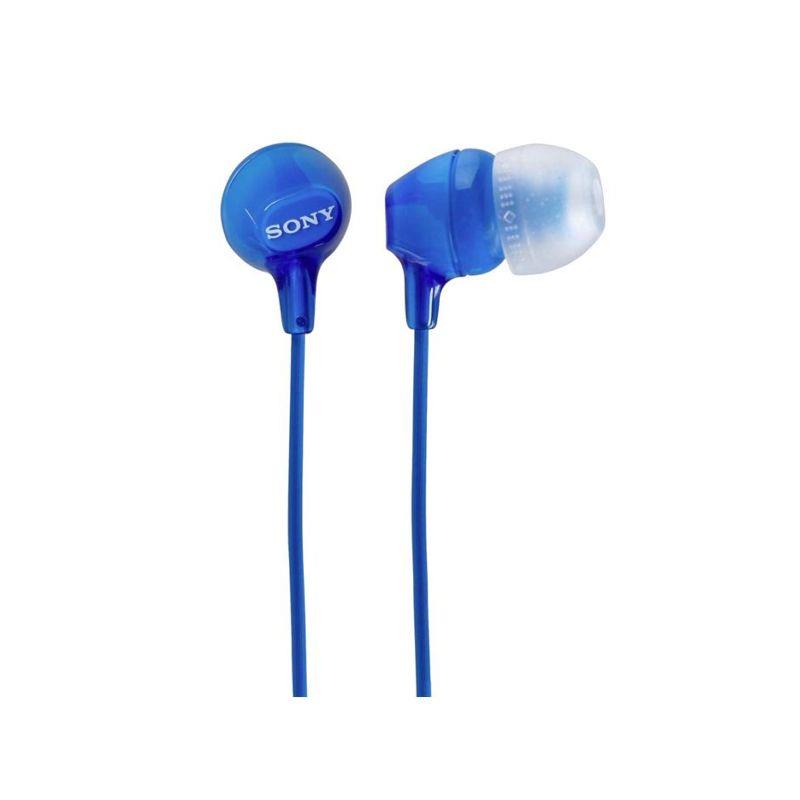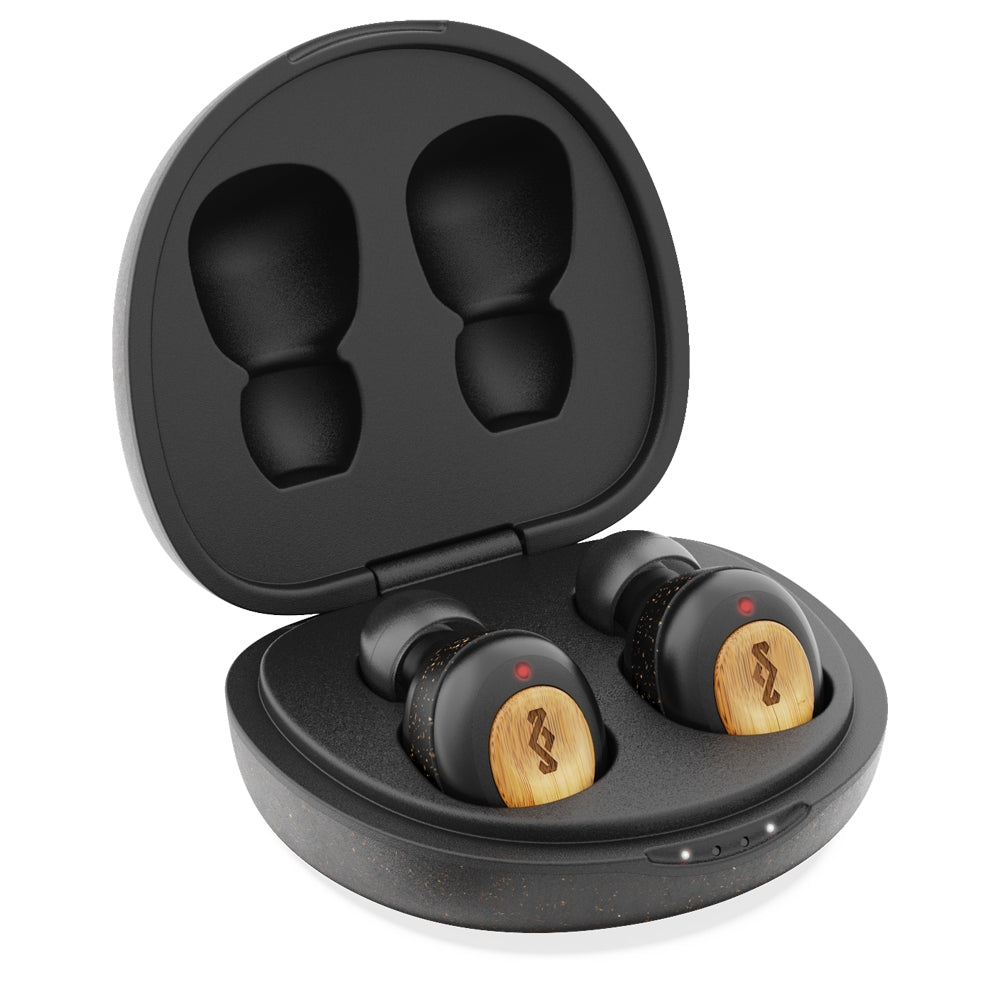
Many people have their own top tips, and here Oliver McLaren and Alexander Walkden describe an ingenious way of retrieving metallic objects with the minimum of fuss. Pain on digital palpation (about 0.Trying to remove foreign bodies from the ears and noses of children is something we have all struggled with at various times.

Pain on digital palpation (about 0.45 kg of pressure) of the periauricular area or external auditory meatal areas.Increased (>60mm) or decreased (The subject has the presence of one or more of the following findings associated with pain as demonstrated with a VAS score of >4: Subjects must have an RDC/TMD diagnoses that include at least one of the following: Subjects who sign and date an IRB/EC approved informed consent form.Subjects who present to IMIC for jaw pain or dysfunction.Adverse events will be assessed at each visit.Ī subject must meet all of the following criteria to be eligible for study participation: At the three month follow-up visit, subjects will also complete the TMJ Scale. and once before bed) as well as to track their device wearing time or exercise compliance, as applicable. At each follow-up visit, subjects will be issued a new monthly diary to complete for the VAS scores twice daily, (once in the morning before 10:00 a.m. At each follow-up visit, each subject will complete questionnaires (including the Modified SSI questionnaire and an in-office VAS score)and will have a targeted physical examination, with results documented by the investigator on the CMI questionnaire. Subjects will complete an in-office VAS score, a Modified SSI questionnaire, and will also complete the TMJ Scale, a questionnaire designed to measure possible improvement using a 10 point scale. At the baseline visit, subjects will have a targeted physical examination, with results documented by the investigator on the CMI questionnaire. Subjects in all groups will return to the clinic for a baseline visit, followed by visits at one month, two months and three months post-baseline to return their completed 4 week VAS diary and to complete follow-up testing. Subjects who meet inclusion criteria will be randomized to one of three groups: The study device (Clayton Intra-aural Device (CID)) group, the mouth splint group, or the exercise group. Subjects will have an examination using the CMI at their screening visit. Subjects may be categorized in one or more of the three diagnostic groups, including muscle disorders (myofascial pain), arthralgia, and disc displacements with reduction.

Data from the CMI and the five RDC/TMD questions will be combined in the database and scored according to scoring guidelines for the RDC/TMD in order to diagnose and classify TMDs for all study subjects. As part of the baseline medical history, all subjects will be asked the five questions that are included in the RDC/TMD but not included in the CMI. The majority of questions found in the CMI are also included in the RDC/TMD, with the exception of five questions. The CMI score is calculated from a dysfunction index (DI) and palpation index (PI).

The CMI/TMD(hereafter referred to as the CMI) is designed to provide a basis for evaluating the severity of TMD signs and symptoms. It is an empirically-based and operationalized system for diagnosing and classifying RDC/TMD using a biopsychosocial model of disease as a framework. The formal assessment tool is known as the RDC/TMD. Standardized Research Diagnostic Criteria (RDC) are used to classify types of TMDs. Subjects will complete a 4 week diary to measure TMD symptoms by recording pain levels on a Visual Analog Scale (VAS) twice daily.


 0 kommentar(er)
0 kommentar(er)
